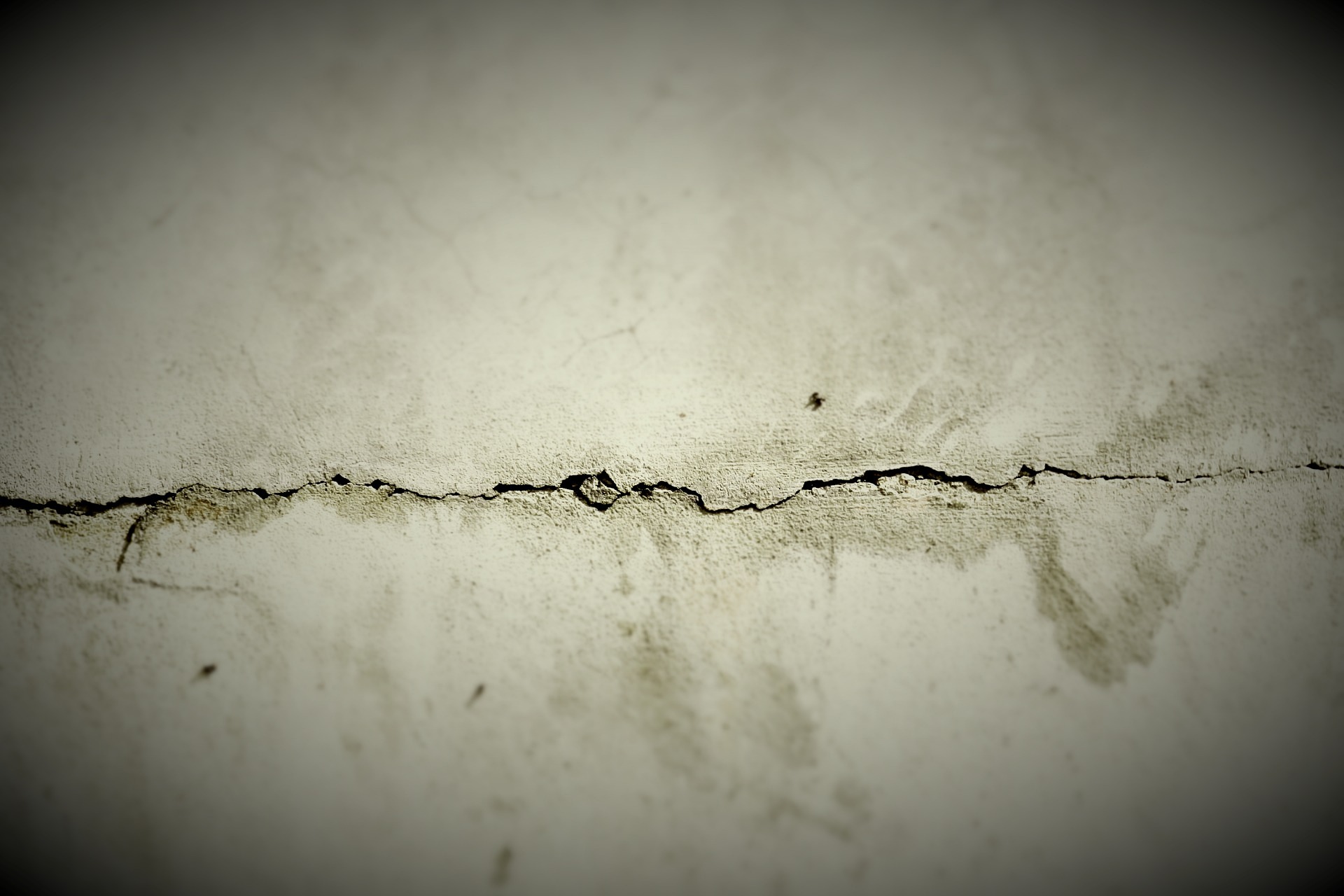Foundation Repair: Causes, Signs, and Solutions
Foundation problems are among the most consequential issues a homeowner can face because they affect the stability of the entire house. Early recognition of common signs and an understanding of repair options can preserve structural integrity, prevent secondary damage to walls and finishes, and protect the long-term value of a home.

How does foundation damage affect a house?
Foundation damage changes how a house carries and distributes loads, which can lead to visible and measurable shifts. Doors and windows may stick or stop closing properly, floors can become uneven, and exterior features like porches or chimneys may separate from the main structure. Even small movements can create pathways for water intrusion, which accelerates deterioration. In many cases, the underlying soil, drainage patterns, and changes in moisture create pressures the foundation was not designed to resist; addressing these root causes is as important as fixing the foundation itself.
What causes foundation problems?
Several factors can contribute to foundation distress. Expansive clay soils shrink and swell with moisture, exerting cyclic forces on footings. Poor site grading or inadequate drainage concentrates water near the foundation, increasing hydrostatic pressure. Tree roots can draw moisture unevenly from the soil or physically displace shallow foundations. Construction issues—insufficient compaction, inadequate footing depth, or poor concrete mixes—also play a role. Seasonal changes and long-term settlement can reveal weaknesses that were dormant for years. A careful investigation typically looks at soil conditions, water management, and original construction details to identify the primary drivers.
What do cracks in walls indicate?
Cracks in walls are a frequent early sign that something is affecting the foundation or the structure above it. Hairline plaster cracks are common and often cosmetic, while wider cracks, especially those that are diagonal or step-like in masonry, can indicate differential settlement. Vertical cracks along corners or around openings can also point to movement. It’s important to note crack pattern, width, and whether the crack is active—meaning it continues to widen over time. Photographs and simple monitoring (pencil marks and dates, or a crack gauge) help distinguish stable cracks from progressive ones that require structural attention.
How to assess walls for structural issues?
A visual inspection of interior and exterior walls helps identify patterns that suggest structural concern. Look for bowed or bulging walls, horizontal cracks in masonry, and mortar gaps. Inside the house, uneven baseboards, gaps between walls and ceilings, and stair-step cracks in brickwork deserve attention. Measuring deviations with a straightedge or level can quantify the problem. An inspection should also include the basement or crawlspace: note any areas of moisture, efflorescence, or exposed cracks in the foundation itself. Professionals frequently combine these observations with soil and drainage assessments to determine whether localized repairs or more extensive foundation work is required.
When should a home get professional inspection or local services?
A home should be inspected by a qualified professional when signs are more than cosmetic—such as widening cracks, doors and windows that seize, visible gap formation, or any evidence of foundation structural damage. Professionals (engineers, experienced foundation contractors) use tools like laser levels, structural calculations, and soil reports to diagnose the issue and recommend solutions. In many regions, local services offer a range of responses: underpinning with piers, slab jacking, exterior drainage correction, or wall reinforcement. Choosing an approach depends on the cause and extent of movement; a targeted plan that addresses both the foundation and the contributing site conditions is generally more durable than a superficial patch.
Conclusion
Foundation repair is a technical process that begins with careful diagnosis of symptoms such as uneven floors, shifting walls, and cracks in a house or home. Understanding the common causes—soil behavior, water management, tree roots, and original construction—helps prioritize corrective measures. Inspections and repairs should focus on stabilizing the structure and correcting the environmental or construction factors that caused the movement, ensuring that fixes are durable and appropriate for the specific situation.






